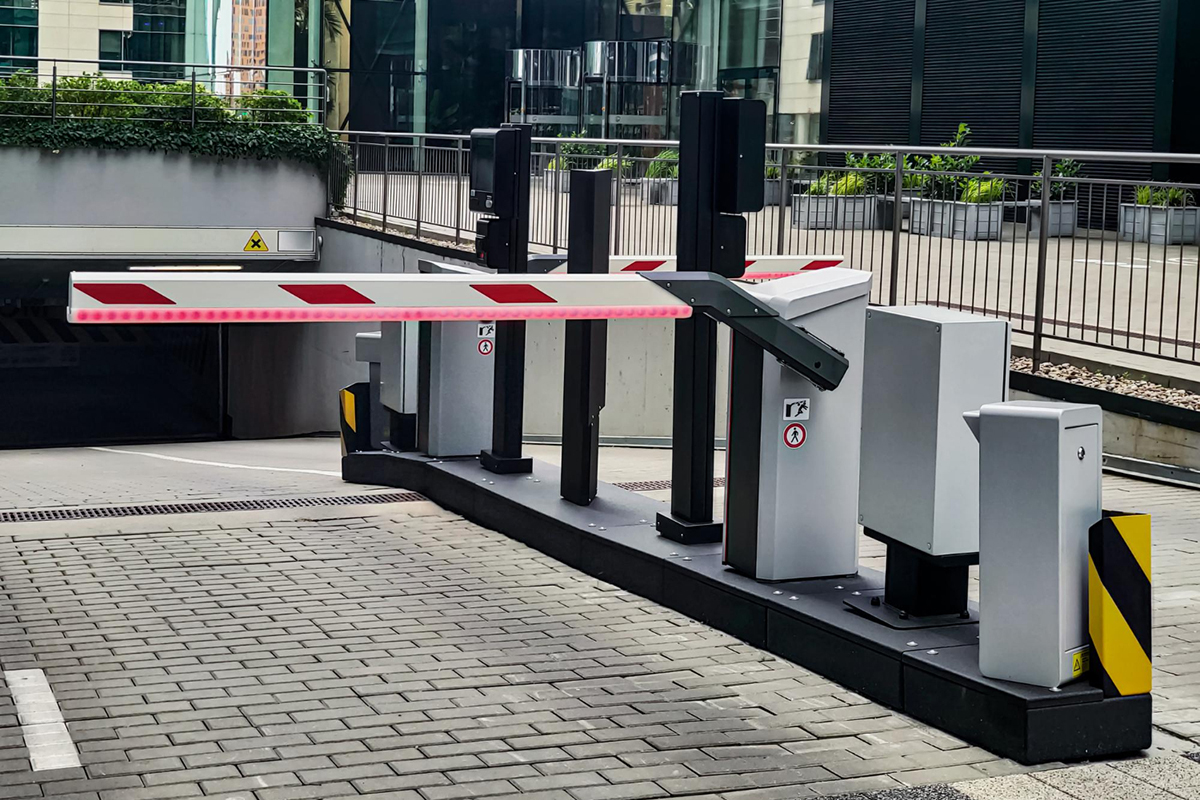Short-Range vs Long-Range Wireless RFID

If you have ever looked into radio frequency identification (RFID) systems, you may have come across the terms short-range and long-range wireless RFID. Though both types of RFID systems are designed to improve business efficiency and security, there are significant differences between the two that are important to understand. In this post, we will explore the differences between these two types of RFID and their applications.
Understanding Short-Range RFID
Short-range RFID systems, also known as proximity RFID, are designed to identify tags within close proximity, usually within a few inches to about 3 feet of the reader. These systems require the tags to be in a specific location to read them. When a tag is brought within the reading range, the reader emits energy that powers the tag to transmit data back to the reader. Short-range RFID is often used in applications such as access control, inventory tracking, and item authentication.
Understanding Long-Range RFID
Long-range RFID systems, on the other hand, are designed to identify tags from a distance of several feet up to 100 feet, or even more. These systems use high-frequency radio waves for communication between the reader and the tag, allowing for reading of tags remotely. Long-range RFID is often used in applications such as toll collection, logistics, and asset tracking.
What Are the Main Differences Between Short-Range and Long-Range RFID?
Apart from the distances they can read from, there are other differences between short-range and long-range RFID. First, the cost of hardware for long-range RFID is generally higher than for short-range RFID. Also, since long-range RFID operates in a wider area, precise tag location cannot be determined as easily as with short-range RFID. Additionally, long-range RFID is typically used outdoors, making it more vulnerable to environmental interference, such as weather conditions.
Applications for Short-Range and Long-Range RFID
Short-range RFID is commonly used in access control systems for offices, which require employees to swipe their badges or cards to gain entry into the building. Short-range RFID is also used in libraries for book identification and tracking. Long-range RFID, on the other hand, is used primarily for the tracking of vehicles, ensuring that they are authorized to be on the road, and toll collection systems.
Conclusion
In summary, there are significant differences between short-range and long-range wireless RFID systems. While short-range RFID is suitable for proximity applications such as access control and inventory tracking, long-range RFID is better for outdoor applications such as toll collection, logistics, and asset tracking. At Safehouse System, we understand the importance of efficient and secure access control systems, as well as the need for accurate asset tracking solutions throughout an organization. Contact us today for a free quote on our custom Gated Security Systems, and let us help you take your security to the next level.